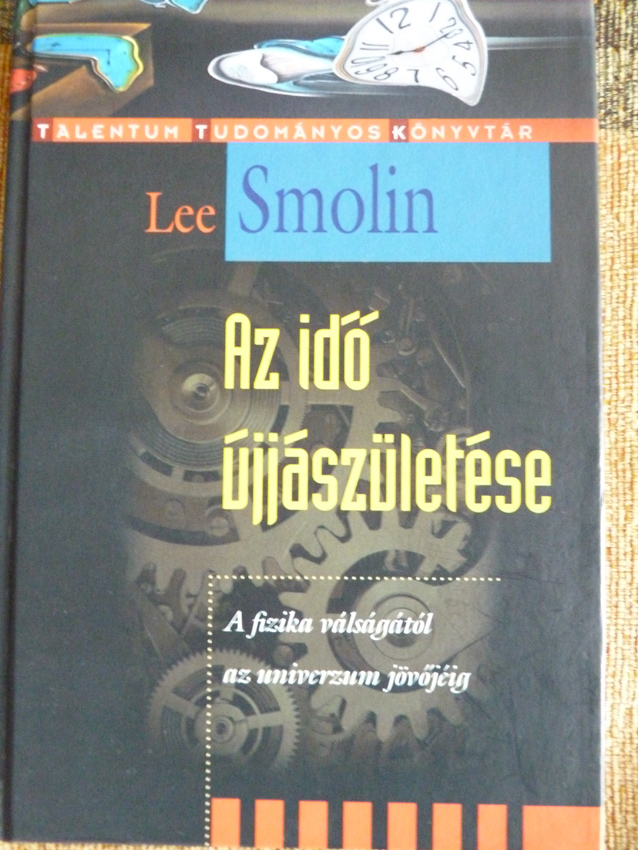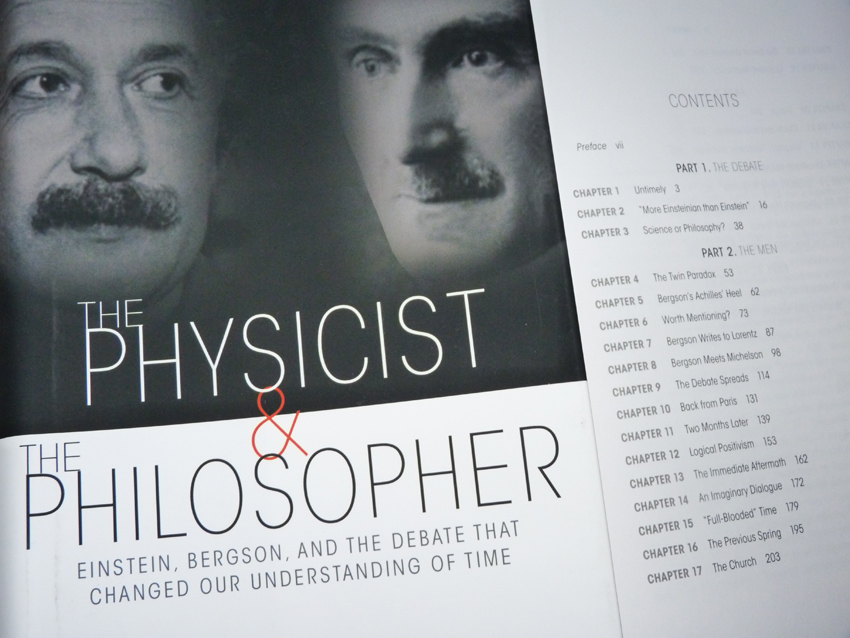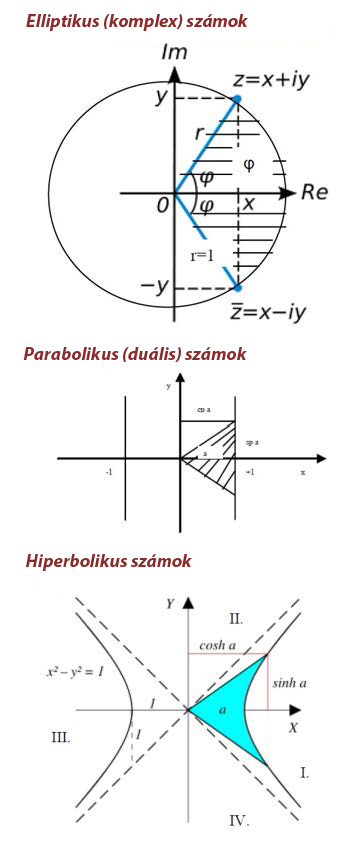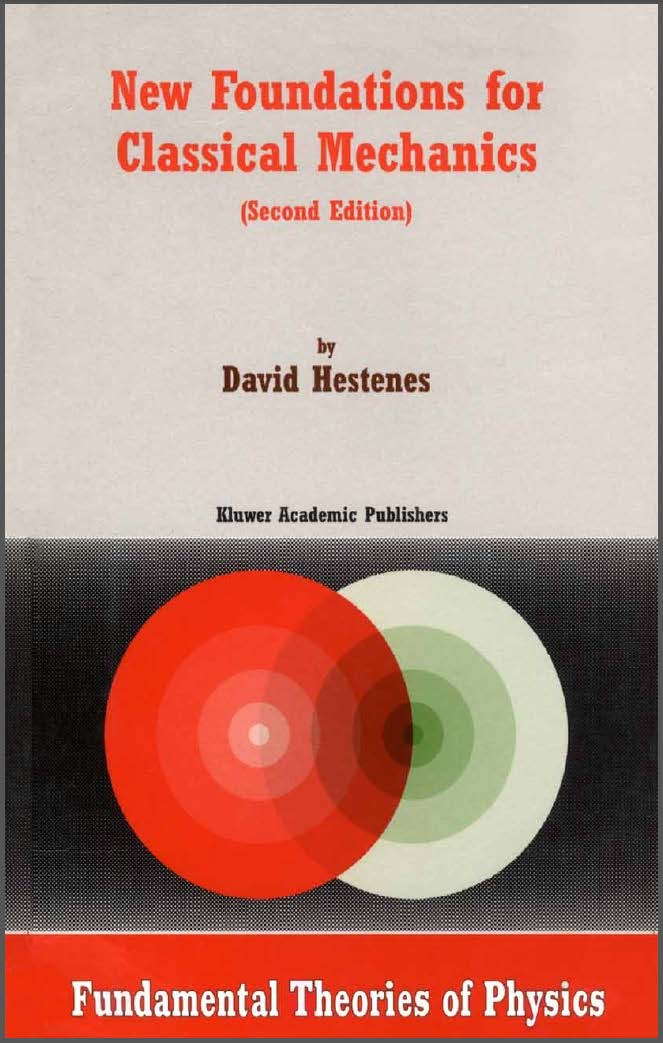Brief thoughts on Lee Smolin's book II

Contents
1. The Universe and the Time
2. On the external observer
Quotation:
„Some of my colleagues suggest that time is part of an approximate description of the universe- a description that is useful on large scales but dissolves when we look too closely. Temperature is like this: Macroscopic bodies have temperatures, but single particles don't, because the temperature of a body is the average of the energies of the atoms that make it up.”1 This idea is interesting, but I dispute it.
(To be continued)
________________________________
1 Lee Smolin, Time Reborn, see the quotation.
Info-Space
Thoughts from the Information Again
„If we tie a lot of cherry-peppers on a string, they’ll make a pepper-wreath.
However, if we don’t tie them on a string, they won’t make a wreath. Although it’s the same amount of peppers, just as red and just as hot. But still no wreath.
Does it only lie in the string? No, it doesn’t. That string, as we all know, is an incidental, third-rate thing.
Then what?
People capable of brooding over it and taking care not to let their mind wander about, but keep them on the right track may get a scent of eternal verities.
(István Örkény, The Meaning of Life, by N. Ullrich Katalin in English)1
Not the first time I write that I consider the space-time as a sorting principle of the phenomena. I think that the space is an informational field for the observer.
Not only the quantum physics but the theory of relativity is a kind of “information theory”. Physics is not about the phenomena, but it is obtained info about the phenomena.
_______________________________
After registration, you may ask for a translation of the full text by email.
Brief thoughts on Lee Smolin's book
“More to the point, I no longer believe that time is unreal. In fact, I have swung to the opposite view: Not only is time real, but nothing we know or experience gets closer to the heart of nature than the reality of time.”
(Lee Smolin)
Content
1. Mathematical "objects” - creation vs. discovery
2. Mathematical "objects” and timelessness
3. Causality and timelessness
(To be continued)
The Physicist and the Philosopher - Einstein, Bergson, and the Debate That Changed Our Understanding of Time, by Jimena Canales

Book recommendation
"Whether readers side with Einstein's physics or Bergson's philosophy isn't the most important thing: this book opens up new ways of thinking about the relationship between science and the humanities that unsettle both."
/Gerald Holton, Harvard University/
It is very instructive to look back at the evolution of our understanding, how our view was transformed from an everyday concept like that, than the time.
The Geometric Algebra and the Numbers IV

I finished the previous writing that in the geometric algebra it would be good to handle the scalar similarly as we use the real numbers in the number-planes of two-element numbers.
One of the two-element numbers is the hyperbolic number-plane, and this number-plane is a model of the space-time, wherein the real axis is the time-axis and the imaginary axis is the space-dimension. A thought ensues from this model that in the geometric algebra there would be good a "time-like" view of the scalars (real numbers) namely it ought to regard the number-line of the real numbers as an axis perpendicular to the Euclidean vector space.
The Geometric Algebra and the Numbers III
The Notion of Time and the Geometric Algebra
„Only in the light of Grassmann’s outer product is it possible to understand that the careful Greek distinction between number and magnitude has real geometrical significance. It corresponds roughly to the distinction between scalar and vector. Actually the Greek magnitudes added like scalars but multiplied like vectors, so multiplication of Greek magnitudes involves the notions of direction and dimension, and Euclid was quite right in distinguishing it from multiplication of “Greek numbers” (our scalars).”
/David Hestenes, New Foundations for Classical Mechanics/
Content
1. Memo1 about the special multiplications defined on the plane of two-element numbers
2. Differences between the definitions of multiplications defined on geometric algebra and defined on the planes of two-element numbers
__________________________________
1 See The "natural presences" of the symplectic camel, and The Geometric Algebra and the Numbers I
After registration, you may ask for a translation of the full text by email.
Geometric Algebra for Physicists, by Chris Doran and Anthony Lasenby

Preview
In my previous article I mentioned the book of Hestenes on the same topic. I bought the book of the authors-duo Doran-Lasenby as well because the book of Hestenes mentions only a limited number of applications in the field of physics.
I cannot form an opinion about the book yet, because only just started to read it together with Hestenes’s book. Here I have attached the table of contents to illustrate the themes of the book.
New Foundations for Classical Mechanics by David Hestenes
Preview
I have already mentioned one of the books of David Hestenes; "Clifford Algebra to Geometric Calculus - A Unified Language for Mathematics and Physics", co-written by Garret Sobczyk. Both books begin by presenting the foundations of geometric algebra as used in abbreviated form; GA. But while one of them is mathematical explanation of the GA, the other focuses on some major applications in the field of physics. I cannot speak about the latter book, since only just started to read it. Instead of my opinion, here is a brief detail of reviews, which is readable at amazon.com:

„While I found this a reasonably well-written text, I judge a book based upon how well it stands on its own - that is, can I read the book, work through the exercises, and acquire a grasp of the topic. While this is a much clearer and more accessible intro to geometric algebra than Hestene's "Clifford Algebra to Geometric Calculus", it is more the type of book which would accompany a class in GA, where the instructor fills-in the gaps, rather than a stand-alone text.”

After registration, you may ask for a translation of the full text by email.
On the Theory of Grossone
Yaroslav D. Sergeyev and the Infinity1
I reckon the theory grossone as a very attractive model because it tries to break Cantor’s concept of infinity. My problems related to Cantor's model of infinity could best articulate the my critique of his diagonal method.2 According to Cantor’s notion of infinity the part may be equal to the whole. The author of the grossone theory Sergeyev sees this as the inadequacy of Cantor’s model because this contradicts our intuitive approach as we observe it all around us that the part is less than the whole. Based on this intuitive insight the grossone model postulates that the part is less than the whole for the infinities as well. So Cantor's criticism of Sergeyev is not based on a mathematical basis, but the so-called common sense approach.
______________________________
1 See for example the following articles and a book: http://arxiv.org/pdf/1203.4141v1.pdf , http://arxiv.org/pdf/1203.3132v1.pdf ,http://www.amazon.co.uk/Arithmetic-infinity-Yaroslav-D-Sergeyev/dp/8889064013
2 See for example the following article "Problems with the use of Cantor’s diagonal argument"
After registration, you may ask for a translation of the full text by email.
The Geometric Algebra and the Numbers II
The bivector and the equivalence of the parallelograms on the three number planes
Abstract
While we did not define an area on the number planes we defined the equivalence of the parallelograms based on the classic area context of the skew-scalar product. Accordingly parallelograms spanned by numbervector-pair on a number plane are equivalent if their skew-scalar products are equal.
Contents
1. History
2. The equivalence of the parallelograms
3. Summary



